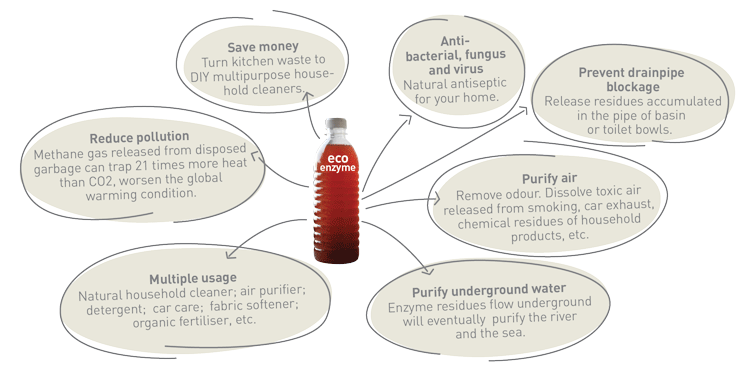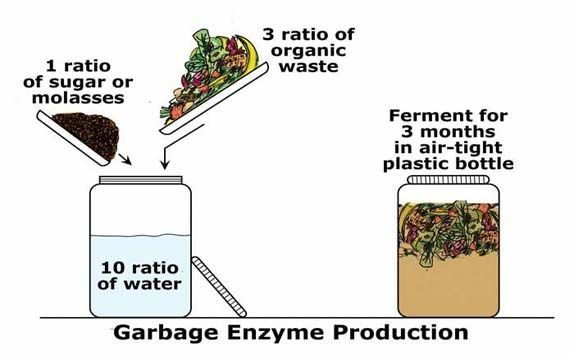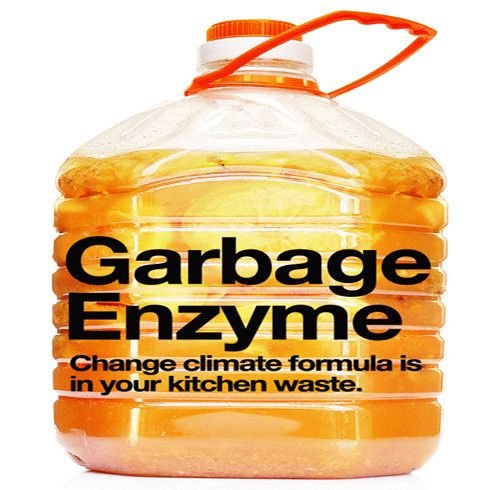 GARBAGE ENZYME GE are wonder home-made cleaners which double up as effective natural fertilisers and pesticides. They have the potential to revolutionize our kitchens by converting our kitchen waste into something truly restorative.
GARBAGE ENZYME GE are wonder home-made cleaners which double up as effective natural fertilisers and pesticides. They have the potential to revolutionize our kitchens by converting our kitchen waste into something truly restorative.
The formula was researched and popularised by the founder of the Organic Agriculture Association of Thailand, Dr. Rosukon Poompanvong who won an FAO award in 2003 for her outstanding contribution to organic farming, through her work in using fermented organic waste as fertilizers, pesticides and livestock feed. I love to use the garbage enzyme to mop the floor, wash the sinks and toilets, as it removes dirt and grease really well.
How to Make Garbage Enzyme
Supplies needed:
Molasses, Jaggery or Brown Sugar
Fresh vegetable and/or Fruit peels ( dregs, peels and cuttings which are not cooked)
Air-tight plastic container
Measuring cup

Method:
In an airtight plastic container, measure and add
1 part molasses+ 3 parts veggie/fruit peels + 10 parts water
Example by weight: Weight 100g molasses or brown sugar + 300 g of veggie/fruit peel + 1000g of water
Use any multiples thereof, maintaining the same ratioGive the mixture a good shake, and screw on the lid tightly.
The whole process takes less than 5 minutes to make once you’re all set up with the ingredients and container, and the fermentation takes a minimum of 3 months, so it’s best to stagger the enzyme making in batches with labels on the container indicating the date they are made. This will ensure a regular supply later on.
Please note: You’d need to keep the container airtight. However you must open the lid once a week or once every few days to let out the gases, otherwise they may build up to explode in the container.
.. After 3 months, you can filter the residue to get a clear, dark brown liquid that has a fresh, sour smell like vinegar.
You can use the garbage enzyme to clean your toilet bowl, or dilute it with water to clean your floor.
 Start today to make garbage enzyme from your fruit and vegetable scraps, and use it for cleaning purposes.
Start today to make garbage enzyme from your fruit and vegetable scraps, and use it for cleaning purposes.
Hi! I am a robot. I just upvoted you! I found similar content that readers might be interested in:
http://www.ecowalkthetalk.com/blog/2011/02/27/how-to-make-and-use-garbage-enzymes/